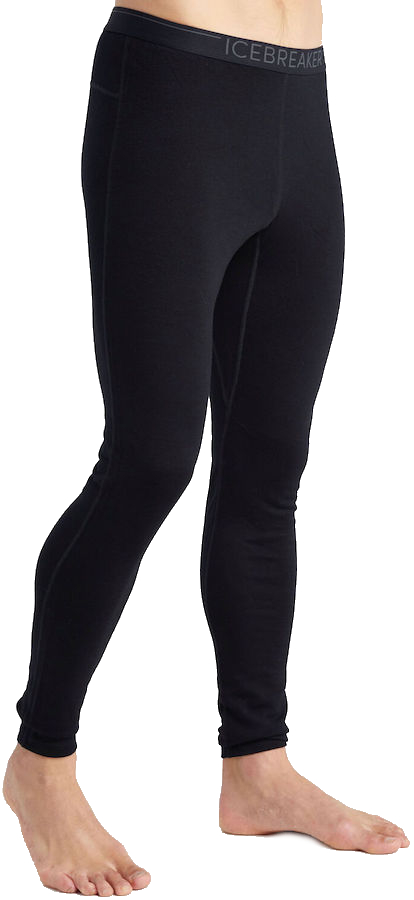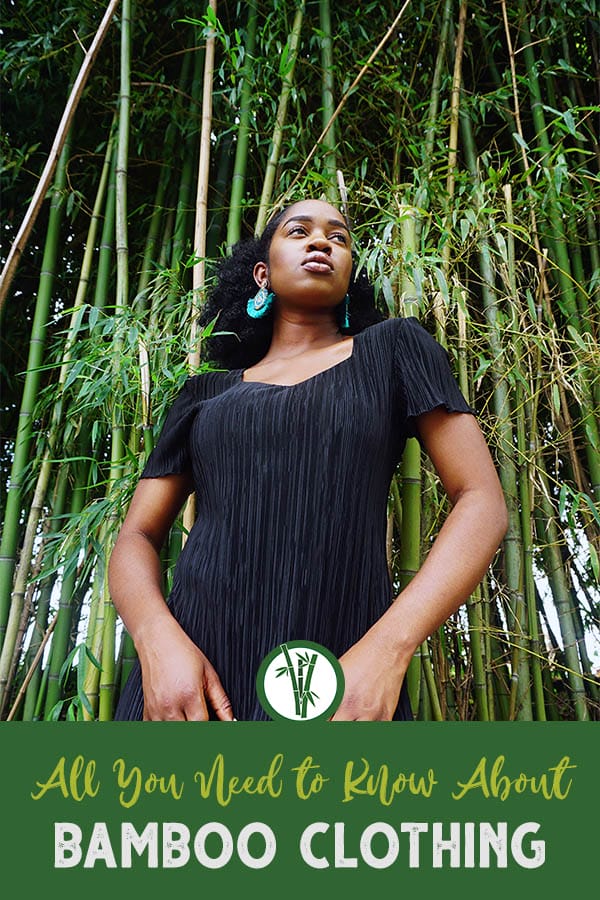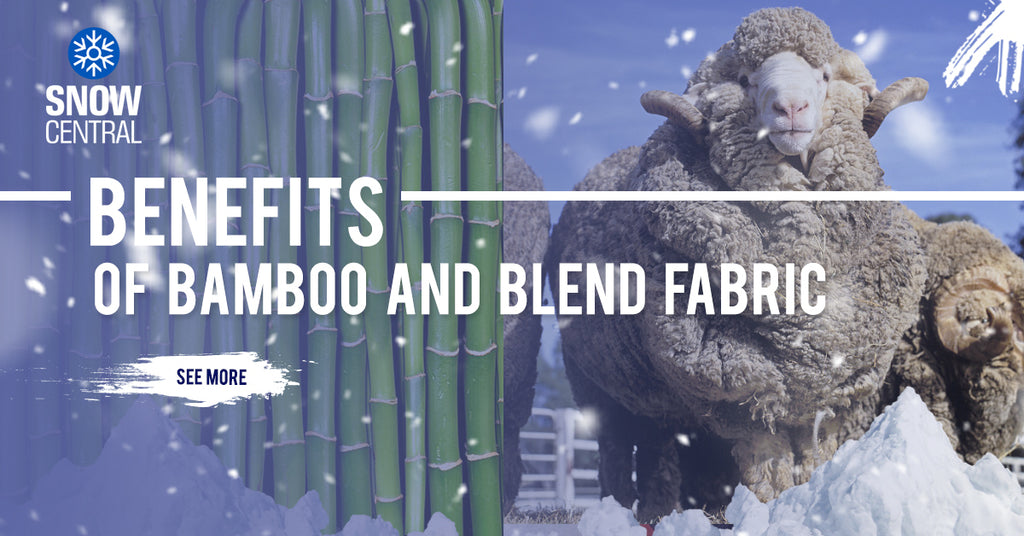Top Bamboo Clothing Guide
Wiki Article
What Are The Advantages Of Base Layers Made Of Yak Merino For Winter Sports Clothing?
Yak merino wool base layers are extremely effective as winter sport clothing not only due to their performance benefits but also because of their natural fiber benefits and environmental sustainability- Biodegradable and renewable.
Merino and Yak wool are both derived from natural fibers. These natural resources can be harvested without harming any animals. They are biodegradable materials which means that they break down naturally without harming the environment.
Low Environmental Impact
Natural fibers are generally less harmful to the earth as compared to synthetic materials. The process of harvesting and cultivation of wool involves less chemical processing and is less dependent on renewable resources in comparison to synthetic fibers.
Efficiency of Energy Efficiency-
Processing wool fibers consumes less energy compared to manufacturing of synthetic fibers such as nylon or polyester. Natural wool production is energy efficient, which results in lower carbon emissions.
Minimized Microplastic Pollution
Natural wool fibres do not pollute lakes with microplastics as do synthetic fibers.
The Recyclability and Longevity of plastics
Yak Merino Wool clothes tend to be long-lasting and durable. lasting, which increases their longevity. Wool fibers may also be reused or recycled to further reduce consumption.
Sustainable PracticesSustainable Practices
Wool producers and manufacturers follow ethical and sustainable methods. They guarantee the welfare of animals responsible land management and fair conditions of work for all employees within the production chain.
Environmental Certification-
The Responsible Wool Standard or Global Organic Textile Standard are certifications that confirm ethical and environmentally responsible practices in the wool industry. They provide buyers with assurances regarding sustainable practices.
In general yak Merino Wool base layers promote sustainability since they are constructed from natural fibers, have a low environmental impact, and include sustainable and ethical practices in the supply chain. By choosing natural fibers like yak merino winter sports apparel and accessories, you're promoting environmentally sustainable and sustainable practices for consumption. Have a look at the most popular published here about merino wool base layer for website recommendations including ski base layer pants, best mid layer skiing, merino wool base layers, smartwool 1 4 zip, merino wool long underwear, long underwear for skiing, smartwool 250 base layer women's, best base layer for skiing women's, wool long underwear women's, smartwool merino base layer and more.

What Are The Benefits Of Bamboo Clothing As Outdoor Winter Clothing In Terms Durability, Comfort And Security?
Durability, comfort, and protection are all advantages of bamboo clothing for outdoor winter wear.
Bamboo fabric is smooth and soft that makes it gentle on the skin. It is often compared with silk or cashmere for its luxurious look.
Bamboo fibers possess moisture-wicking characteristics that help to remove moisture and keep wearers dry and comfortable when they engage in physical activities.
Thermal Regulation- Bamboo clothing has natural temperature-regulating properties, providing warmth in winter while remaining breathable to prevent overheating.
Sustainability-
Renewable Resource - Bamboo is an extremely renewable resource that is able to grow quickly without the need for pesticides or chemical fertilizers. Bamboo is able to regenerate very quickly, making this a sustainable material for clothing.
Low Environmental Impact Bamboo farming consumes less water and is more efficient. It also doesn't deplete soil's nutrients. Bamboo produces more oxygen and absorbs CO2 than to any other plant.
Protection for Outdoor Wear-
UV Protection- Bamboo fabric has inherent UV-resistant properties, offering natural protection against harmful sun ultraviolet rays.
Antibacterial Properties - Bamboo has a natural antimicrobial agent called "bamboo Kun," which can help to stop the growth of bacteria responsible for odor making clothing more fresh over longer time, especially during outdoor activities.
Other Benefits
Durability - Bamboo fibers possess the highest degree of durability and are therefore suitable for outdoor clothes that are likely to be exposed to harsh wear and tear.
Biodegradability: Bamboo clothes are biodegradable. It can degrade naturally at the conclusion of its lifecycle, reducing its environmental impact.
For outdoor winter clothing bamboo fabric offers an array of comfort and thermal control. It also regulates moisture and is sustainable. Have a look at the top rated bamboo clothing advice for website advice including bamboo clothing brand, bamboo ladies pants, bamboo shorts, bamboo activewear, bamboo t shirts wholesale, bamboo cotton shirts, bamboo workout clothes, bamboo tank tops, bamboo shirt, onno bamboo shirts and more.

How Is Merino Wool As Well As Bamboo Clothes Different From Regular Wool?
Merino wool, bamboo clothing and regular wool can be distinguished with their distinct characteristic.
Softness- Merino wool is renowned for its soft and fine fibers, which make it a comfortable against the skin. It is less likely than conventional wool to cause itching and irritation.
Moisture-Wicking Merino wool is extremely wicking properties that draw moisture away from the skin, allowing it to evaporate and keep the wearer dry and comfortable.
Merino Wool is an excellent insulation that provides warmth even when wet. It regulates body temperature, offering insulation in cold weather and breathability, which helps prevent overheating during activity.
Odor Resistant- It stops the growth of bacteria that produce the odor. It also keeps your clothing fresh and clean after prolonged wear.
Bamboo Clothing
Softness Bamboo clothing is known to have a silky and soft texture, which could be described as cashmere, or even silk. It's a soft fabric that provides a comfortable wearing experience.
Moisture-Wicking- Bamboo fabric is a moisture-wicking material that can draw moisture away from the skin and keeps the wearer dry during physical activity.
Temperature Regulation- Bamboo clothing has natural temperature-regulating abilities, offering warmth in winter and breathability to prevent overheating.
Sustainability- Bamboo grows quickly and without pesticides or fertilisers. It's biodegradable, and has a minimal environmental impact.
Regular Wool
Texture- Wool from the traditional may vary in texture with some types being coarser and more prone to causing itching or discomfort.
Warmth - Regular Wool is a great source of great insulation and warmth, but it can feel weighty and bulky at times.
Moisture Absorption - Wool can absorb moisture, making it less effective in moisture-wicking as compared to merino wool and bamboo fabric. However, it retains warmth even when damp.
Merino provides softness and superior moisture-wicking. It also is resistant to unpleasant odors. Bamboo clothing has a soft texture, wicking capabilities as well as temperature control and sustainability. Regular wool is different in its texture. It might not be as soft or possess the same moisture wicking ability as bamboo or merino but it does provide warmth. Each wool type is distinct and is suited to various winter clothing preferences. View the recommended bamboo winter clothings info for more info including men's wool leggings, smartwool 250 base layer, spyder baselayer, merino wool base layer pant, merino wool thermals mens, skiing mid layers, wool thermal underwear, smartwool long johns, smartwool long sleeve shirt, wool underlayer and more.
